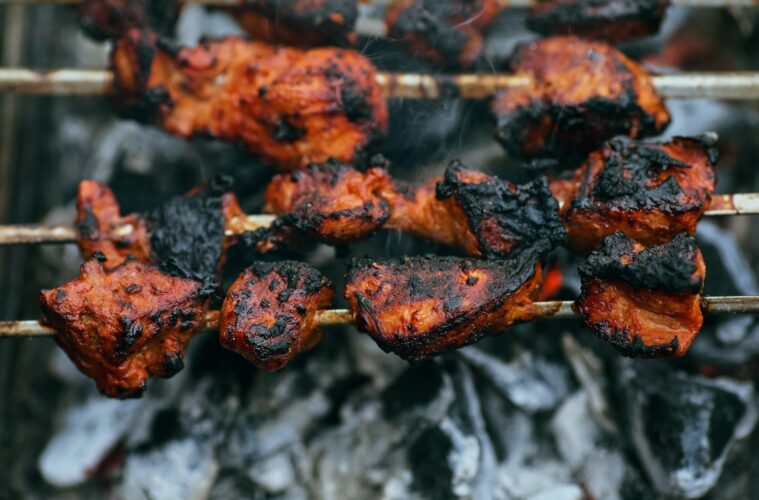In general, burnt food is not considered safe to eat. When food is burned, it can create potentially harmful compounds such as acrylamide and polycyclic aromatic hydrocarbons (PAHs), which have been linked to cancer and other health issues.
In addition, burnt food may also contain high levels of carbon, which can be harmful if ingested in large amounts.
It’s best to avoid burnt food whenever possible. If you accidentally burn your food, it’s recommended to discard it and prepare a new batch. If you’re unsure about the safety of a particular food, it’s always best to consult with a healthcare professional or a food safety expert.
When food is burnt, it can cause changes in the taste, texture, and colour of the food. Burnt food may have a bitter or charred taste, and its texture may become tough or crunchy. The smoke produced by burnt food can also be irritating to the eyes and respiratory system.
In addition to the health risks associated with burnt food, there are also concerns about the potential for toxins to be released when cooking with certain materials, such as non-stick cookware or aluminium foil, at high temperatures. These materials can release harmful chemicals into the food when they are heated, which can be dangerous if consumed over a long period.
To reduce the risk of burnt food and exposure to harmful chemicals, it’s important to use proper cooking techniques, such as using low to medium heat, monitoring food closely while cooking, and avoiding the use of materials that can release toxins when heated. It’s also important to maintain good kitchen hygiene and food safety practices, such as washing hands, utensils, and cooking surfaces thoroughly, to avoid cross-contamination and foodborne illnesses.
Here are some tips to help you avoid burning your food:
1. Use low to medium heat: Cooking your food over high heat can increase the risk of burning. Start with low to medium heat, and increase it gradually if needed.
2. Use a timer: Set a timer to remind you to check on your food regularly. This can help you prevent overcooking and burning.
3. Use a non-stick pan: Non-stick pans can help prevent food from sticking to the bottom and burning. Just be sure to use non-metal utensils to avoid scratching the non-stick coating.
4. Use a thermometer: Use a meat thermometer to check the internal temperature of meat, poultry, and fish. This can help you ensure that your food is cooked to a safe temperature without overcooking or burning it.
5. Don’t overcrowd the pan: Overcrowding the pan can cause food to cook unevenly and increase the risk of burning. Leave enough space between the food items to allow for even cooking.
6. Add liquid: Adding liquid to your cooking can help prevent burning. For example, when sautéing vegetables, add a little water or broth to the pan to create steam and prevent sticking.
7. Clean your cooking surface: A dirty cooking surface can cause food to stick and burn. Be sure to clean your cooking surface thoroughly before cooking.
By following these tips, you can help prevent burning your food and create delicious, healthy meals.

